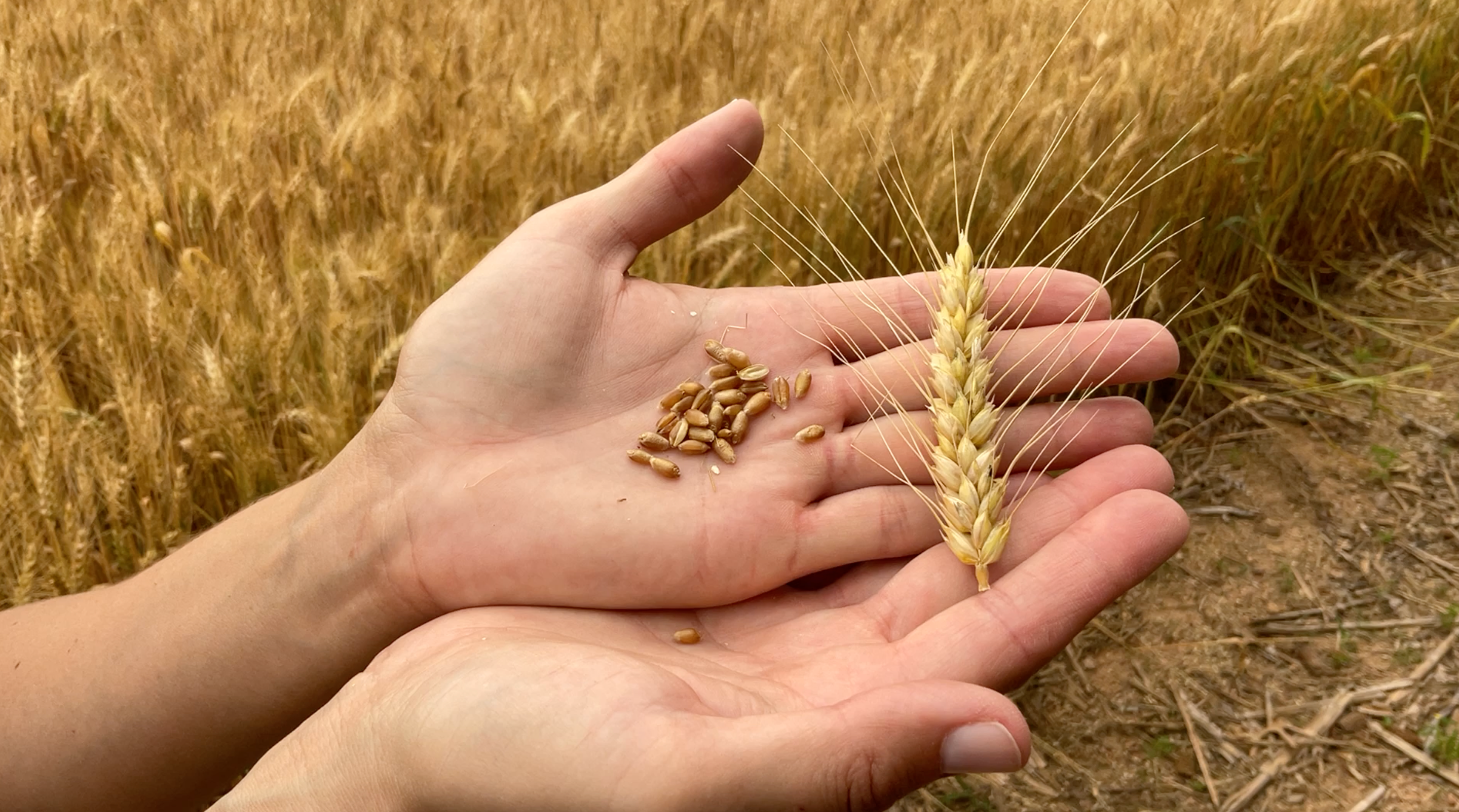Planting to Reduce Head Scab Risk
go.ncsu.edu/readext?1022141
en Español / em Português
El inglés es el idioma de control de esta página. En la medida en que haya algún conflicto entre la traducción al inglés y la traducción, el inglés prevalece.
Al hacer clic en el enlace de traducción se activa un servicio de traducción gratuito para convertir la página al español. Al igual que con cualquier traducción por Internet, la conversión no es sensible al contexto y puede que no traduzca el texto en su significado original. NC State Extension no garantiza la exactitud del texto traducido. Por favor, tenga en cuenta que algunas aplicaciones y/o servicios pueden no funcionar como se espera cuando se traducen.
Português
Inglês é o idioma de controle desta página. Na medida que haja algum conflito entre o texto original em Inglês e a tradução, o Inglês prevalece.
Ao clicar no link de tradução, um serviço gratuito de tradução será ativado para converter a página para o Português. Como em qualquer tradução pela internet, a conversão não é sensivel ao contexto e pode não ocorrer a tradução para o significado orginal. O serviço de Extensão da Carolina do Norte (NC State Extension) não garante a exatidão do texto traduzido. Por favor, observe que algumas funções ou serviços podem não funcionar como esperado após a tradução.
English
English is the controlling language of this page. To the extent there is any conflict between the English text and the translation, English controls.
Clicking on the translation link activates a free translation service to convert the page to Spanish. As with any Internet translation, the conversion is not context-sensitive and may not translate the text to its original meaning. NC State Extension does not guarantee the accuracy of the translated text. Please note that some applications and/or services may not function as expected when translated.
Collapse ▲(Adapted from: US Wheat & Barley Scab Initiative)
It’s time to start preparing for winter small-grain planting. Here are some planting tips to aid in managing Fusarium head blight (FHB), also known as head scab.
Tip #1: Plant wheat and barley varieties with some resistance
Disease management should start with variety selection, as it’s your best bet for reducing FHB. Check the NC OVT website and scroll down under Commercial Wheat Data to “2024 NC OVT Wheat Data Tables” for a table that includes FHB ratings. S = Susceptible, MS = Moderately Susceptible, and MR = Moderately Resistant. No varieties are fully resistant to FHB. Stay away from varieties rated S!
Tip #2: Practice good crop rotation with a non-host crop.
If possible, avoid planting winter wheat and barley following corn or other small grains as these are hosts for Fusarium graminearum, the main causal agent of FHB. These crop residues can increase population levels of the fungus in the field and increase the risk of disease developing.
• It is advised to rotate production with non-host crops (i.e., soybean or other legumes).
• Studies from Minnesota indicate that fields previously planted with soybean had lower Fusarium inoculum, FHB, and deoxynivalenol (DON) compared to fields previously planted with corn or wheat.
Tip #3: FHB risk is increased when planting wheat or barley into no-till corn stubble.
While tillage does bury residue that could harbor inoculum, soil conservation approaches are widely used. No-till and reduced-tillage are common in North Carolina’s Piedmont because they are good approaches to sustain soil health and reduce soil erosion. These benefits may outweigh the benefits of Fusarium inoculum reduction through tillage.
• Growers are especially encouraged to choose a resistant variety when planting in no-till or reduced-tillage production systems.
Thank you for reading!




